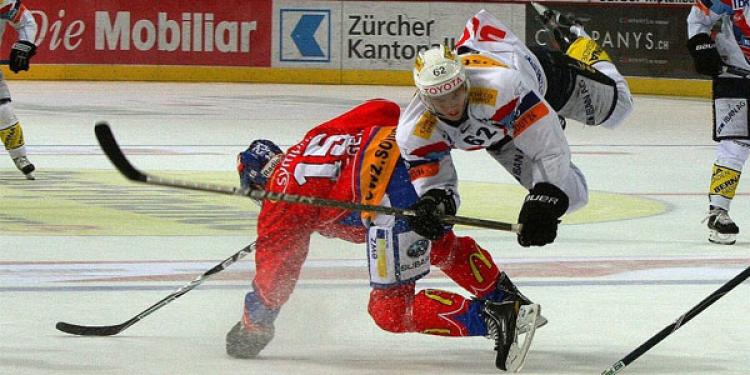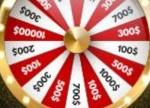The Basic Rules of Ice Hockey – Checking in Ice Hockey
Posted: April 14, 2016
Updated: April 14, 2016

- What is checking in ice hockey?
- What are the forms of legal checking?
- Is body checking in ice hockey legal?
Our ice hockey rules guide can help you to understand the game better and to improve your hockey betting skills, especially regarding in-game betting.
The NHL playoffs, the regular season, or even the IIHF World Championship could be a great occasion for internet betting players to wager on ice hockey. Therefore it is useful to familiarize yourself with the basic rules of ice hockey. It gives you a better understanding of the game and considerably improves your in-game betting (live betting) skills. Let’s find out what one of the most important moves, checking in ice hockey is!
Exactly what is checking in ice hockey?
Checking is the general term for the most important techniques for defensemen in ice hockey. There are many ways of checking, and the goal is always to distract the opponent carrying the puck, possibly even dispossessing him from the puck.
Is checking in ice hockey legal?
Most forms of checking can be practiced in a legal way, so in professional hockey, checking is usually legal. Certain types of checking in particular situations draw a penalty however and there is also a category for illegal checking in ice hockey (more below).
What are the types of checking in ice hockey?
Body checking is one of the most common and characteristic forms of checking in ice hockey. A defender basically uses one side of his upper body to push the opponent to the ice or against the boards. It is only legal against an opponent carrying a puck. Reckless body checking also counts as illegal checking in ice hockey.
Hip-checking is similar, but here the defender lowers his center of gravity, almost crouches, and tips the opponent to knock him on the ice or usually, the boards using his hip. If the defender goes at or under the knees, it considered as clipping and illegal. Shoulder-checking is also similar, but here the defender uses his shoulder to disrupt the opponent. Elbow must be tucked in or it is elbowing and may draw a penalty.
Poke checking is when the defender tries to poke the puck away from the opponent by using his or her stick. This is usually before making physical contact. Sweep checking is when the defender makes sweeping moves with the stick to hit the puck away or to avert passing attempts.

Stick checking is when stick used against another stick. Lift checking is when a player uses his or her stick to knock or lift an opposing player’s stick in order to try to seize the puck immediately or to deny the opponent from shooting or deflecting the puck. Press checking is another form of stick checking, when the player uses the stick to control or stop the movement of the opponent’s stick by pressing it with his or her own stick.
There is also forechecking and backchecking, usually right after turning the puck over. Forechecking is attacking a player possessing the puck in his own defensive zone. Backchecking is rushing back to the defensive zone chasing an opposing player in order to avert him (or her) making a shot or picking a pass.
What is illegal checking in hockey?
Illegal checking in ice hockey
- Boarding
- Charging
- Cross-checking
- Hitting from behind
- In some cases body checking
Apart from certain situations mentioned above, there are several more types of illegal checking in ice hockey. One of the most common forms of illegal checking in ice hockey is cross-checking. In this case the defender pushes or hits the opponent with the shaft of the stick between his hands, with arms being extended.
Another common and widely known offense for anyone who bet on sports in Canada is boarding. This is when a defenseless opponent is being thrown violently against the boards. Since this foul is very dangerous, responsible for a lot of neck and head injuries, it is usually strictly penalized. Hitting from behind and charging are other forms of illegal checking in ice hockey. The latter is when a player takes three or more strides before checking.
In women’s hockey and several amateur leagues, body checking is completely illegal in order to avoid injuries. However, in men’s professional hockey it is legal against the player in possession of the puck.
So, this guide will hopefully help you to understand checking in ice hockey, to understand the game better in order to be more effective in live betting when using online sportsbooks in the EU and worldwide.
The Basic Rules of Ice Hockey
The Basic Rules of Ice Hockey – Offside and Icing












